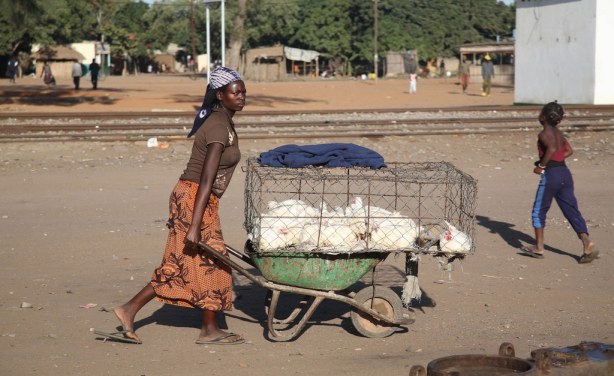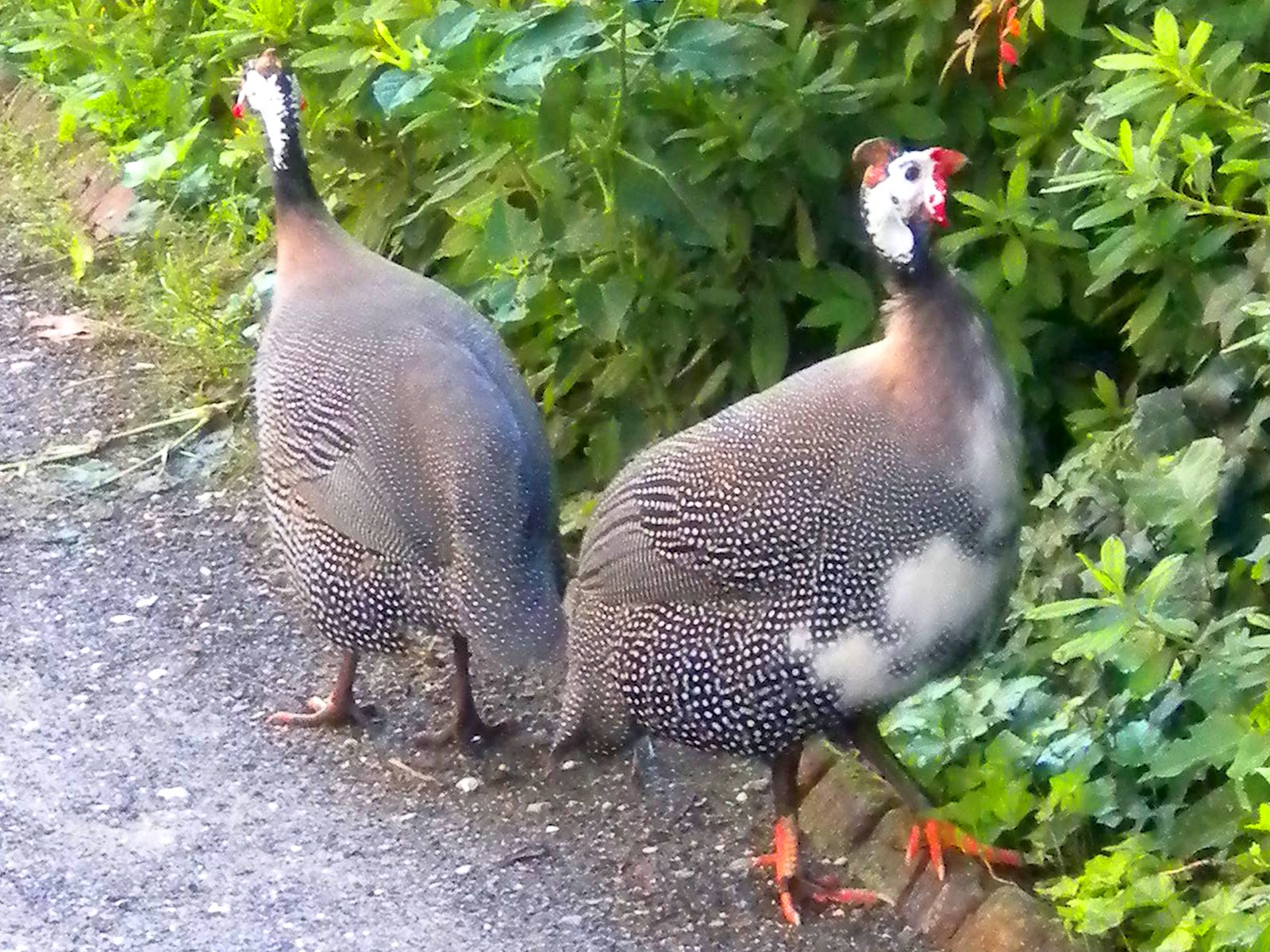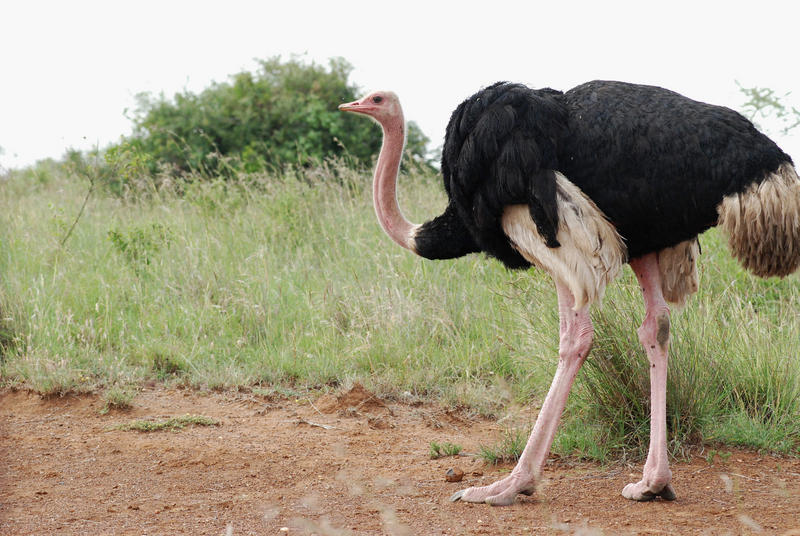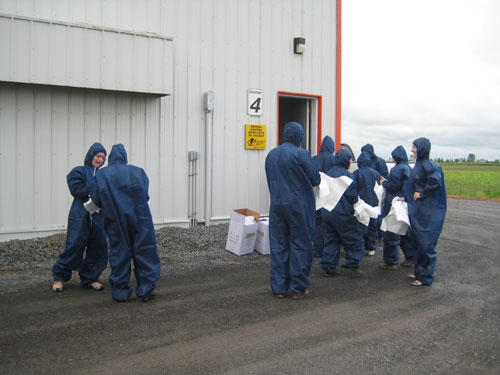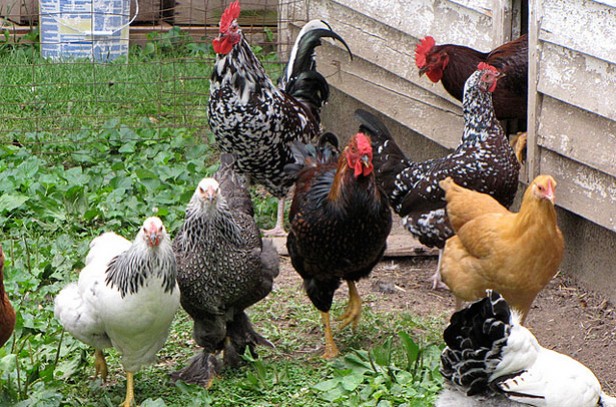A demand for the livestock products in addition to the poultry is now increasing in all regions of Africa. But the region where the demand is much more in comparison to the other areas is West Africa. The reason for this can be linked to the rise in the population of the area and to increase in levels of urbanization. …
Read More »Tag Archives: pictures
5 Tricks to Break Up the Hen’s Brooding
What is meant by Broodiness and broody hen? A hen is capable of laying around 1 eggs on a daily basis. Moreover, the hen does not prefer to incubate the eggs until the entire clutch has been laid. Through the use of this strategy, all the chicks hatch right at the same time. The physiological mechanisms and the broody hen …
Read More »Some interesting facts and benefits of raising guinea fowl
After experiencing a lot of interesting facts about little guys – guinea fowls, I thought of sharing them with all those who are interested in raising them. I would start the guinea fowl facts with the story through which I got to learn a lot about this beautiful and interesting creature. My father bought beautifully dressed in grayish suits, proud …
Read More »Ostrich Products, Characteristics and Breeding
Surely, the ostrich can be classified to be the largest among all the living birds on the face of the earth. The adult males can reach to the height of about 2.4 m together with a weight of about 100 KG. Although they are categorized among the birds, they are unable to fly. The reason for this can be linked …
Read More »Bio Security Guide for Poultry Farmers
Bio security in poultry farms is designed for the protection of the animals against the outbreak of a number of diseases. It is achieved by making use of several strategies and practices that the minimum levels of contagious organisms are able to farming settings. It is a fact that bio security is indeed the cheapest of all the methods which …
Read More »4 Basic Types of Chicken Breeds for Your Backyard
There are limitless and infinite reasons for backyard chickens. In addition to making coop arrangements, you also need to consider the type of chicken breeds that will be most suited for you. Today, there are nearly 60 different chicken breeds that are distributed all over the planet. Moreover, the same applies to their variants that have been produced by using …
Read More »Poultry Housing Systems
The system of poultry housing to be adopted depends on category tage), type of birds,climatic conditions, capacity to invest and strength of birds. Sometimes combination of two or more systems is also followed depending on need and convenience of operations for fanning. Broadly, the classification or types of poultry housing systems is given in Flow chart FREE RANGE Rearing of poultry by letting …
Read More »Chicken Eggs Hatching Accessories and suppliers
Egg/Chicks Hatching Accessories Incubating and hatching chicken eggs from domesticated individuals is one of the most famous processes when it comes to commercial and large scale farming. A number of accessories and kits are used for achieving the process, which is in a number of ways pretty complex. The accessories to be used vary according to the number of chickens …
Read More »A brief guide to broiler management/factors considered for broiler rearing
MANAGEMENT OF BROILERS The desired weight at earlier age with efficient feed conversion ratio (FCR) with minimum mortality is prime objectives of broiler rearing. The management system used for commercial broiler rearing is probably more standardized nowadays than any other arrangements in poultry production. They are preferably reared on deep-litter to prevent bruising of muscles due to cages. A trend …
Read More »Pakistan Poultry Industry Facing the Unstable Market Situation
Poultry market in Pakistan is now on the brink of chaos, all because of the lack of policies and proper research. Poultry marketing is highly unstable and unreliable, due to which we come to see extreme fluctuations in the prices every now and then. The reason for these fluctuations is the absence of professional controlling bodies which might come to …
Read More »